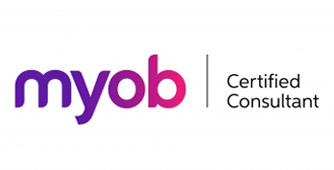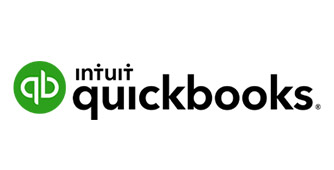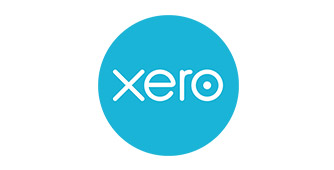MYOB or Xero for payroll?
Five things you need to know when choosing the best accounting software for payroll
In this blog, I will guide you through the differences between the payroll functions of MYOB and Xero, so you can decide which accounting software system works best for you.

1. Timesheets
MYOB
Employees can log into the MYOB Team application within the software, via their own phone. This means they can enter their own hours into a timesheet, making it a lot easier for employers to keep track.
There are third-party apps that will do this, but it is handy that MYOB has one that is integrated into their system.
Additionally, there is a timesheet section where you can enter in the hours your employees have worked each day. You can also allocate jobs for departments; this can then be imported automatically into your pay run when creating a payslip.
Xero
Like MYOB, Xero also has its own app and the same timesheet creation options, so there is no difference here.

2. Payslip creation
MYOB
You can create a payslip for any date range and any date that you like; this is very flexible and doesn’t restrict which dates you are able to select.
MYOB also allows you to change the super amounts and it doesn’t give you an error message should you try to remove it. In addition, when you input the hours to PAYG & Super it updates instantly – so there is no waiting around.
Entitlements are allocated based on how you set the categories up. With MYOB you can simply choose the percentage of gross hours and it will allocate entitlements based on this. You have to know what that percentage is, which is a drawback.
Xero
With Xero, the dates you are able to select are restricted. To make things worse, if you want to change the payment runs, you have to create a new calendar inside the settings and allocate the employees individually to this calendar. This is time consuming and impractical – as it is hard to get the information you need, when setting up a payroll system.
Xero will give you an error message should you try to remove the super. To do this, you have to go into the employee’s profile or into payroll category options (for example, if you are doing an adjustment pay).
Finally, when you are inputting the hours, it takes three seconds for Xero to update the PAYG & Super. If you’re trying to figure out a payment amount and you need to keep adjusting the hours, it’s going to take a while.
With entitlements you have to make sure the category is set up correctly, then go back into the employee’s card file and set up the leave again. Going back and forth makes no sense and just slows the whole process down. Once again, you have to know how many hours of annual leave and sick pay someone is entitled to before it will work for you.
Xero is supposed to be user friendly when it comes to payslip creation; however, I have seen a lot of people setting this up incorrectly.
Xero is extremely restricted and complicated when it comes to payroll and you may find yourself spending four times longer than you would using MYOB.
3. Pay runs
MYOB
A drawback with MYOB is that you can’t see the pay run once you have finalised it, instead you have to go into the payroll transaction journal to find all of the payslips.
On the positive side, once you do find the payslip, it allows you to change the bank account if necessary. For example, if you have to pay something another way, you have the option to do so. You can pay it by cash, cheque, or as a group using an ABA file.
Xero
There is a section for pay runs, so you can see each pay run you have created, but there is no bank account option; instead, it goes to a payroll holdings account which you have to reconcile later. I would prefer to send it to the bank account, so you can just approve your bank feeds. Instead, you have to create a rule to send it to the payroll clearing account, then you have to reconcile this account each month in case of an error.
4. Payslips
MYOB
MYOB has a section where you can send and print payslips. The great thing about this feature is that you can choose an employee and send a batch of payslips whenever required e.g., for apprentice payment lodgements.
Xero
You can only send payslips from the pay run, so if you wanted to send a batch, you would need to go into the employee’s card file, print off all the payslips and then send them.
5. Reconciling Payroll
MYOB
You can do this by going to your reconcile area and ticking off all the payslips and payments. You then close it off by reconciling.
Xero
You can’t reconcile very well with Xero. There is no close of date, so you have to find the last time it reconciled to $0 then start from there.
 Final thoughts…
Final thoughts…
Someone with no payroll knowledge might find Xero better, as it sets up rules for them, making it more difficult to mess it up. At least, this is the idea; I have found that people do make mistakes. Beginners shouldn’t be doing payroll – it should be left to someone with experience.
MYOB is a lot more user-friendly and flexible – you will probably save yourself hours of work by using this piece of accounting software to do payroll.
Tell me more!
If you found this blog helpful, check out the other blogs in the series, including:
Comparing the bank feeds feature
and
Looking at which is better for supplier bill transactions and supplier statement reconciliations
Do you need further bookkeeping advice? Get in touch by clicking here.
As good as these pieces of accounting software are, they can never replace the bespoke service you get when you employ a professional bookkeeper.
Discover more by clicking here, to find out how you can access expert advice and save money in the long run.
Don’t forget to check out the final part of this series, where I take a look at inventory. Until then…!




